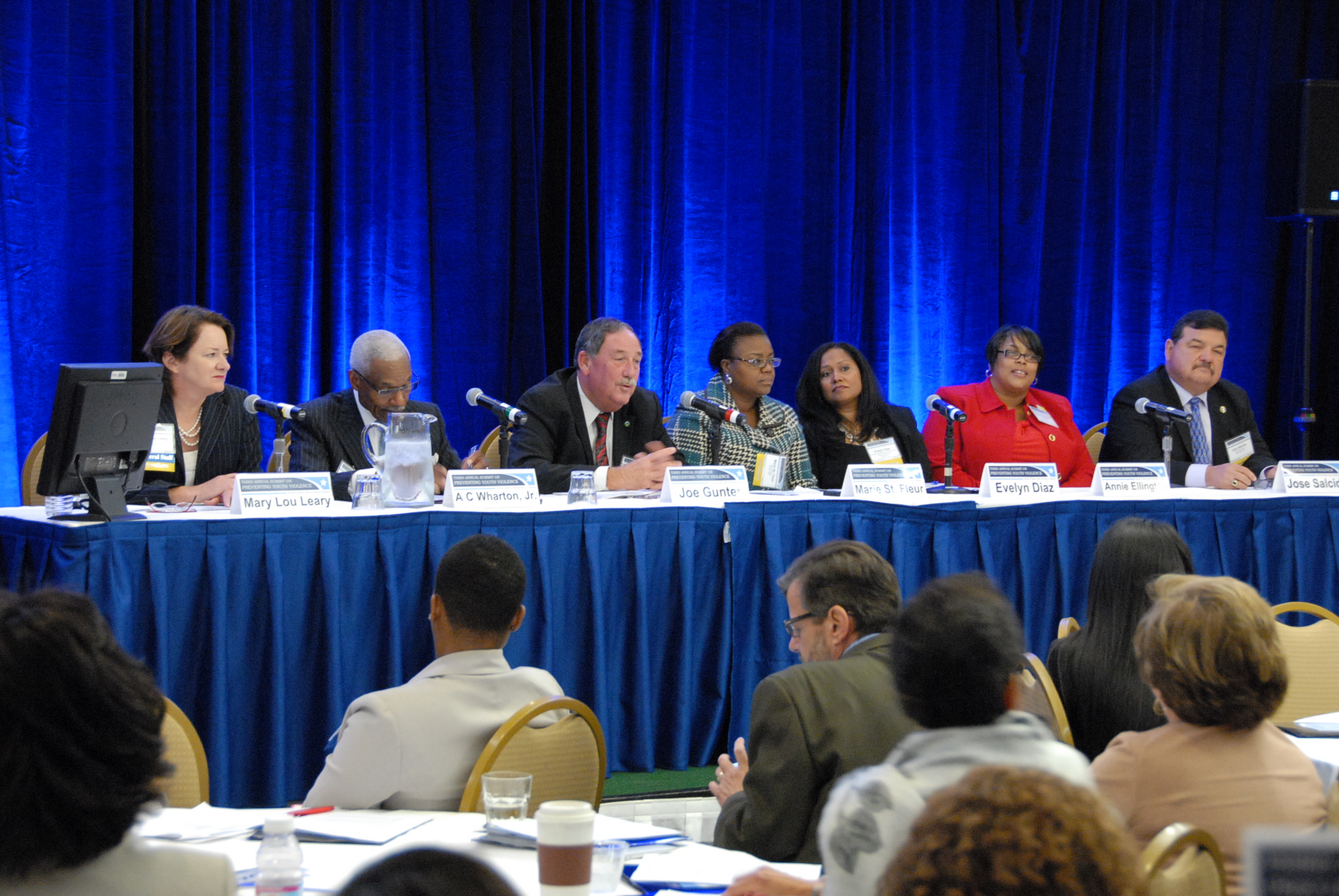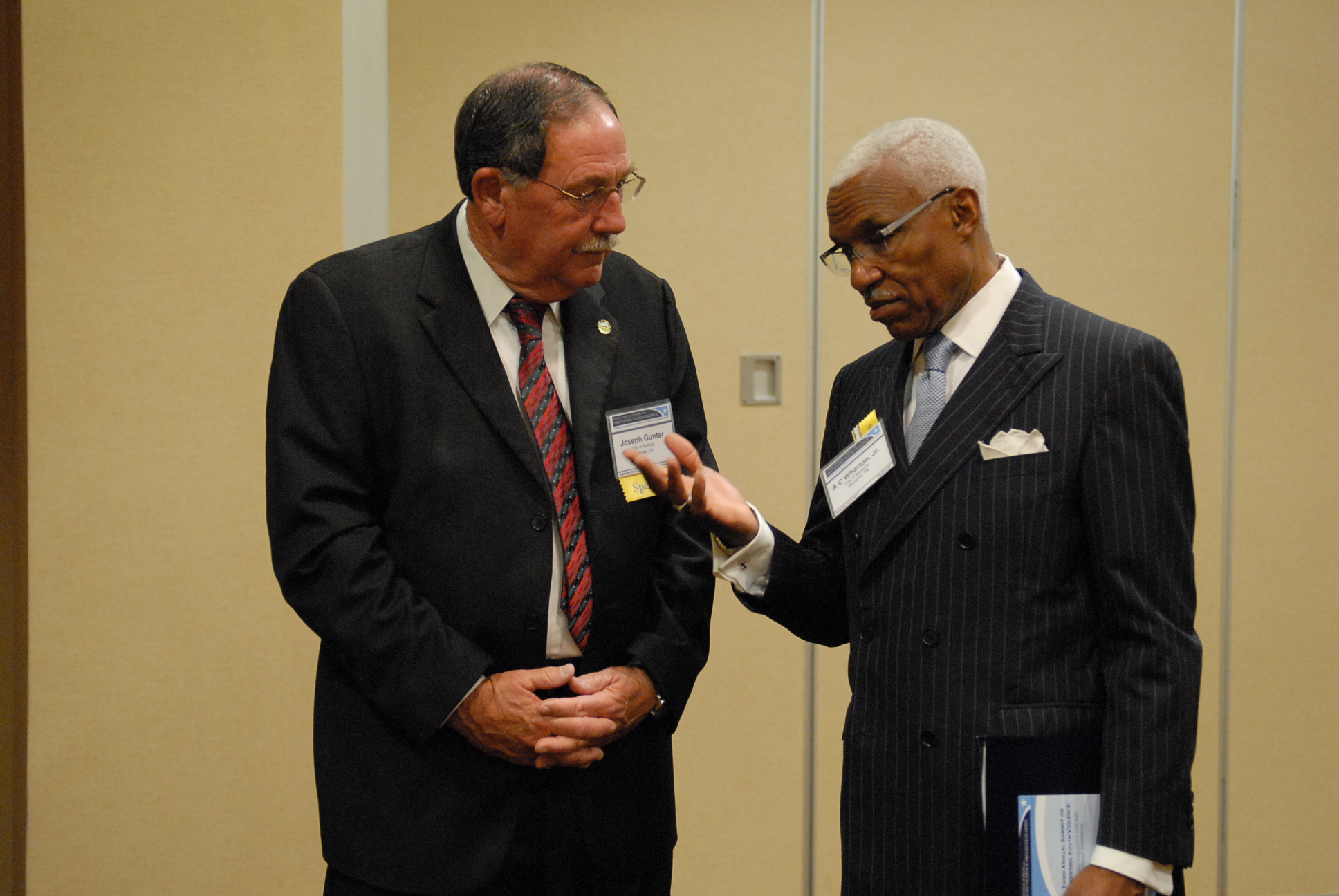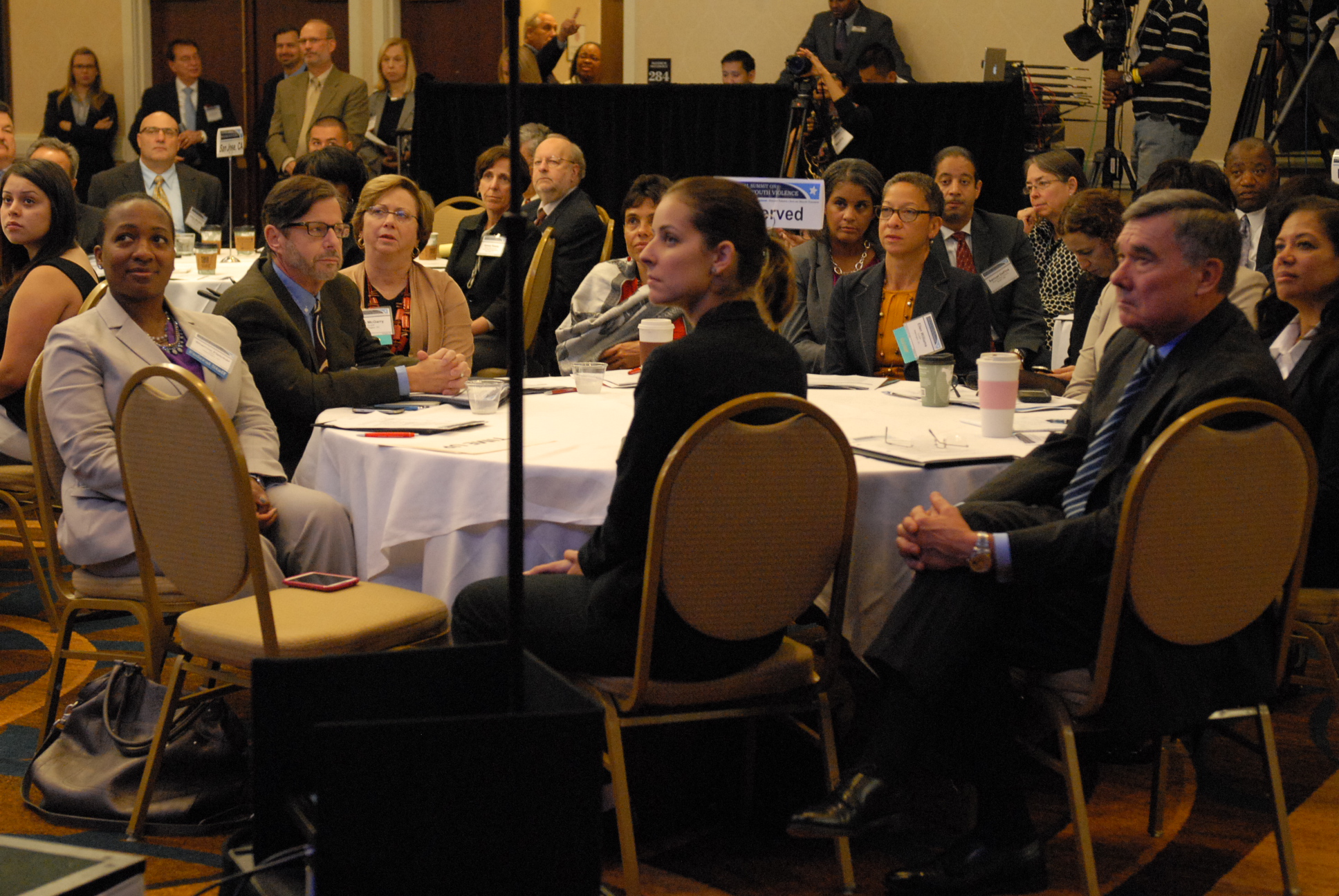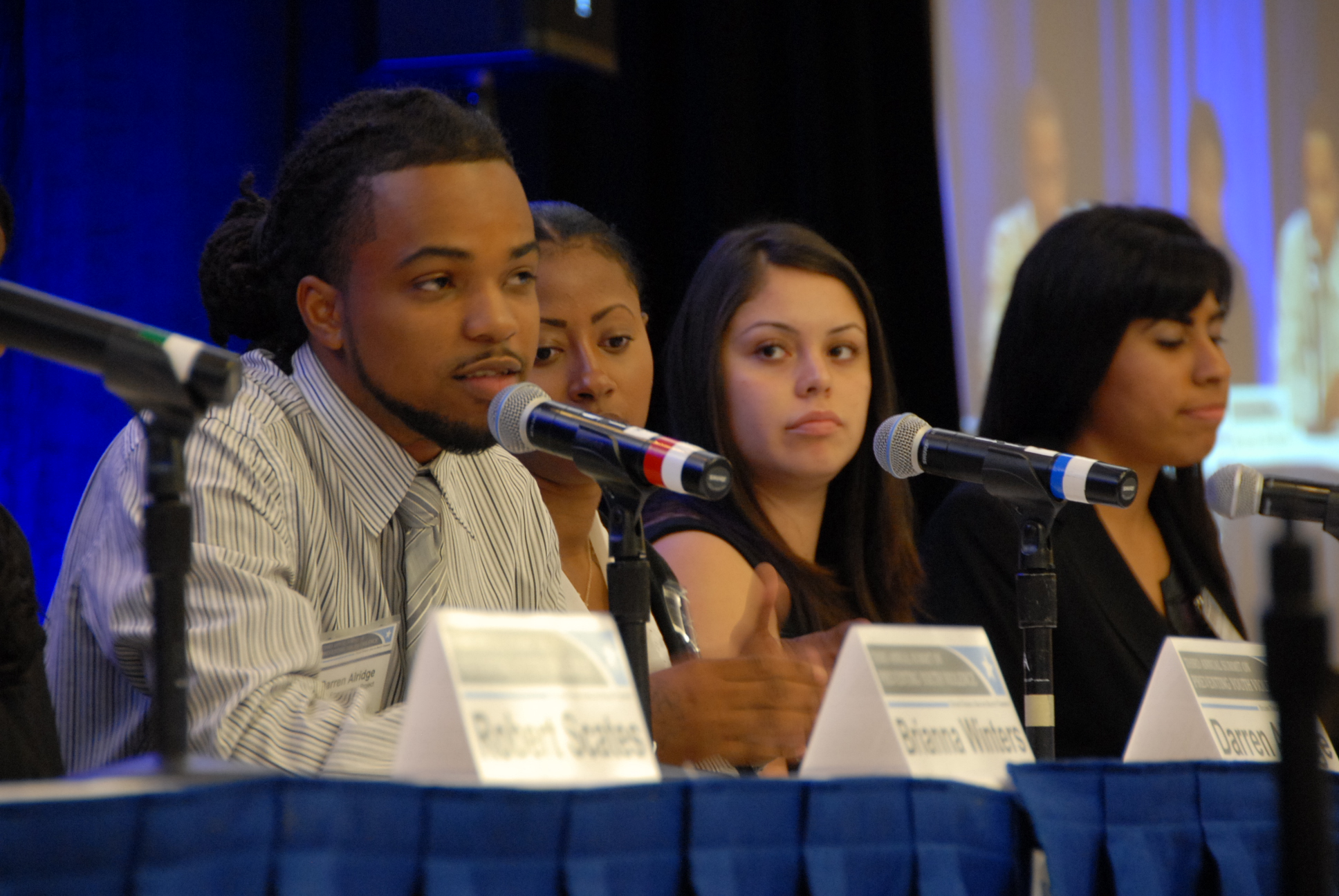Reflections on the Forum
by Bass Zanjani and Dave Marsden
Since its inception, the National Forum on Youth Violence Prevention has steadily gained momentum by adding more cities and community partners to its overall effort. Its success, in part, has been based on embracing a new approach for addressing violence that makes use of myriad public and private partners, a strong evidence-based methodology, and a broadening scope of its subject—beyond enforcement to include prevention and intervention.
The National Forum has served as a catalyst for change by introducing to its participating cities emerging practices or concepts such as trauma-informed care, procedural justice, the built environment, and safe routes. As each site brings its knowledge and experiences to the project, other cities report changes in outcomes based on the evidence-based practices and strategies inculcated in their plans.
The Forum also generates organic change through consistent training and learning, monthly conferences, and information-sharing calls that keep the cities talking and listening. New participants to the Forum have access to training and technical assistance and the ability to visit established sites and learn how their respective plans are being implemented and the success and challenges of those efforts.



 Clockwise, from top left (all photos from Third Annual Summit on Preventing Youth Violence): Forum panel;
Salinas Mayor Joe Gunter and Memphis Mayor A.C. Wharton Jr.;
attendees;
youth panel members.
Clockwise, from top left (all photos from Third Annual Summit on Preventing Youth Violence): Forum panel;
Salinas Mayor Joe Gunter and Memphis Mayor A.C. Wharton Jr.;
attendees;
youth panel members.
More Cities yet More Specificity
"Since the expansion, the multisite calls have been more topical and [tightly] focused and the training segments helpful," observes Mario Maciel, San Jose's longtime Forum site coordinator. When the initial Forum grantees were joined by four new cities (Camden, N.J.; Minneapolis, Minn.; New Orleans, La.; and Philadelphia, Pa.), Maciel explains, new sites reached out to the existing ones. "We were glad to share our experience."
Boston Site Coordinator Jen Maconochie has witnessed the Forum's progress firsthand. "Over the past couple of years, there has been significant growth in the Forum—both in terms of members and content," she says. "More cities have joined, there is more deliberate coordination with other related national efforts, and the structure and format of the technical assistance being provided is pushing out more information regarding best practices and experiences of the member cities."
Through the Forum, cities have gained knowledge about governance and accountability, defining metrics and meeting goals, sustaining their efforts, integrating alternative sources of support, and connecting with other federal initiatives, such as Defending Childhood, Positive Behavioral Interventions and Supports, and My Brother's Keeper.
Most Sites Safer; Will Trend Continue?
As we approach the 5-year anniversary of the Forum, it is clear that the prospect of perpetuating the project through perhaps a second 5 years and beyond will be determined by the Forum’s continuing success in reducing violence and its impact on communities. The National Forum saw reductions in homicides and juvenile violent crime in 9 out of 10 cities during 2014. In one Forum city, violent crime decreased last year by 22 percent. Nonfatal shootings have also dropped from previous years in these cities. Some sites report changes in quality-of-life measures such as increased school retention, better police practices, passage of state legislation to leverage resources, and passage of local tax measures.
"What is most striking about the Forum's progress is change in the local narrative," says Jack Calhoun, Development Services Group consultant and one of the Forum's principal architects. "While many Forum cities can point to reductions in homicides, perhaps the better measure is that no city will revert to traditional ways of confronting violent crime—namely, that the prevention of crime does not rest on the shoulders of law enforcement alone. All must help [carry] the burden, from governmental and civic entities to parents and those who interact daily with children and youth."
The next chapter in this effort offers our participating cities wide-ranging opportunities. There has been considerable progress; there is room to achieve much more. There are many risks and challenges that communities face in their quest to eliminate violence. What the Forum has achieved thus far is a cluster of cities committed to an evidence-based approach.
The Forum has experienced quantitative and qualitative growth. While expanding to new cities, what has been learned, what has changed, and the new challenges that have arisen continue to underscore the fact that Forum work represents an innovative, dynamic, and vital strategy for reducing violent crime across the nation. The commitment of the cities is the Forum’s greatest resource. That commitment reaches from City Halls to neighborhood streets, to playgrounds, and to community hospitals. It’s also a commitment that ensures this work never stops.
|
|
|
